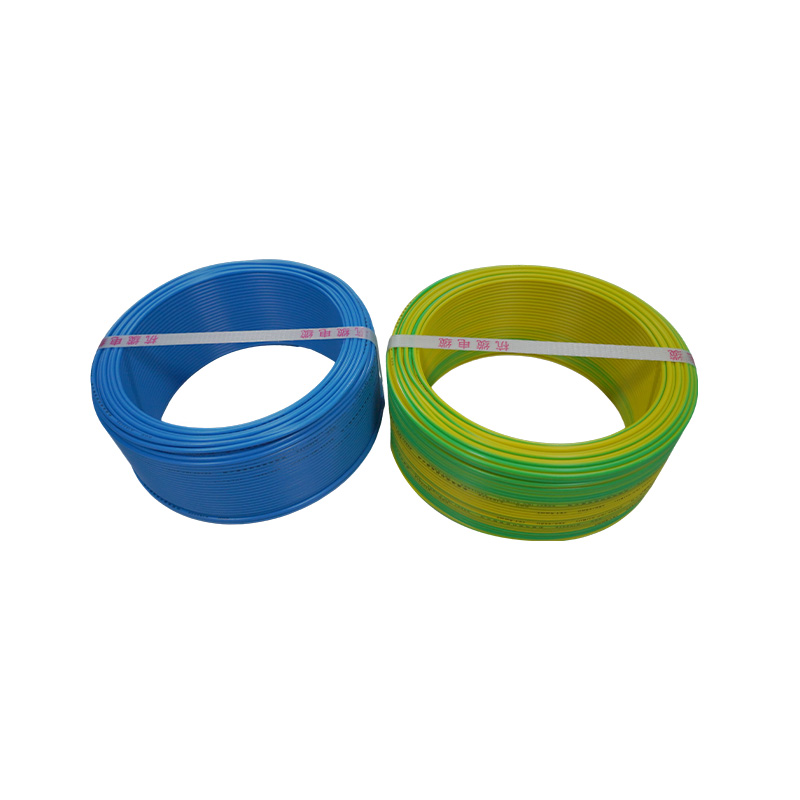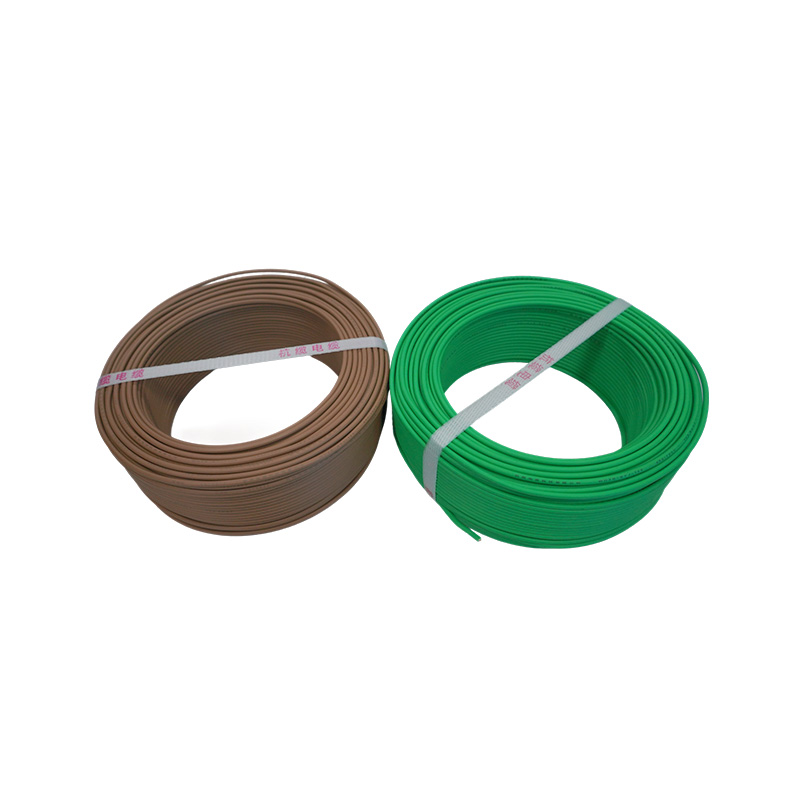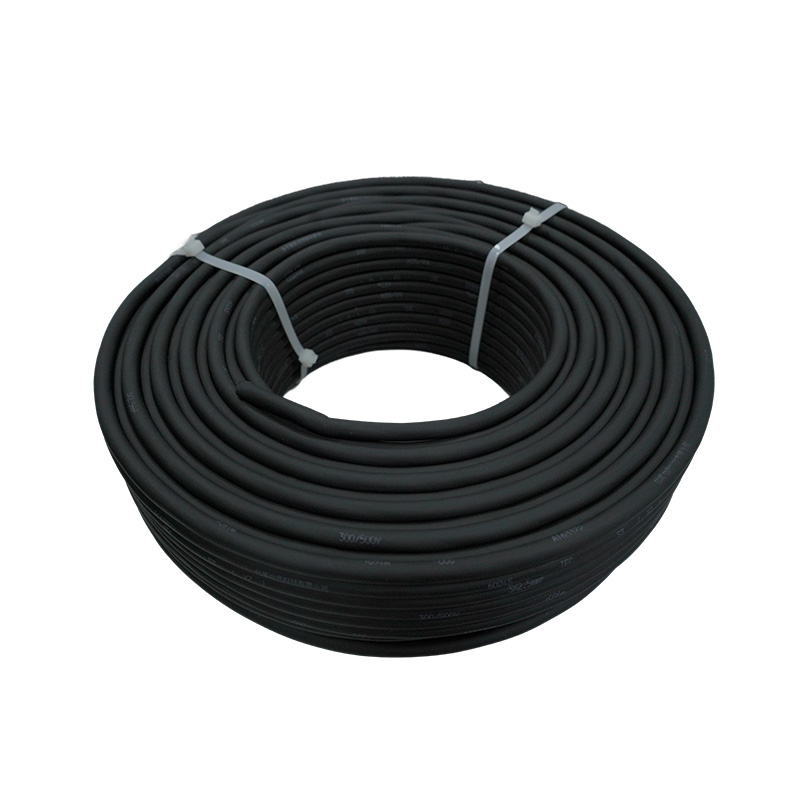What is the relationship between the aging resistance of PVC insulated wire and the duration of UV exposure?
Release Time : 2025-11-13
The aging resistance of PVC insulated wire is closely related to the duration of its exposure to ultraviolet (UV) radiation. This correlation stems from the destructive effect of UV radiation on the molecular structure of PVC material and the synergistic effect of high-temperature environments. UV radiation, as a high-energy electromagnetic wave with a wavelength range of 200-400 nanometers, has photon energy sufficient to break carbon-carbon and carbon-hydrogen bonds in the PVC molecular chain. When PVC insulated wire is exposed to sunlight for extended periods, UV radiation induces molecular chain breakage, generating free radicals and triggering a chain reaction of oxidation, leading to gradual deterioration of the material's internal structure.
Under UV radiation, the breakage of the molecular chains in the PVC insulation layer triggers a series of changes in physical properties. With prolonged exposure, the material surface gradually fades and turns white. This is because the polar substances generated after molecular chain breakage (such as aldehydes and ketones) alter the material's optical properties. Simultaneously, the flexibility of the insulation layer significantly decreases; the originally elastic PVC material becomes hard and brittle, easily cracking under slight bending or vibration. This degradation of mechanical properties directly threatens the safety of the wire, as cracks can become channels for moisture and impurities to enter, leading to a short circuit risk.
The combined effect of high temperatures and ultraviolet (UV) radiation accelerates the aging process of PVC insulated wire. Direct sunlight significantly increases the surface temperature of the wire, especially in summer, where the surface temperature of black-sheathed PVC wire can reach 70-80°C, far exceeding ambient temperature. High temperatures intensify molecular chain movement, increasing free volume and ionic conductivity, leading to a decrease in insulation resistance. Experiments show that for every 10°C increase in temperature, the resistance of XLPE insulation material decreases by approximately 50%, and PVC materials exhibit a similar trend. This degradation in electrical properties reduces the insulation capacity of the wire, increasing the risk of leakage and short circuits.
UV exposure also causes additives in PVC insulated wire to degrade. To improve the processing and physical properties of PVC, plasticizers, stabilizers, and other additives are typically added during production. However, these additives gradually volatilize or decompose under UV radiation. For example, phthalate plasticizers commonly used in PVC can volatilize up to 15% within 6 months, leading to increased material hardness and decreased flexibility. The failure of antioxidants makes PVC more susceptible to oxidative degradation, further shortening the lifespan of the wire.
In the long term, the impact of ultraviolet (UV) exposure on PVC insulated wire is cumulative. Initially, it may only manifest as surface fading and slight hardening, but over time, internal powdering will gradually occur, with white powder flaking off the surface—a sign of polymer fragment degradation. In extreme cases, such as deserts or high-altitude areas, where UV radiation intensity is higher, PVC insulated wire may experience functional failure within a year, manifesting as insulation cracking and sheath detachment, severely impacting the stable operation of critical facilities such as power grids and renewable energy power plants.
To mitigate the effects of UV radiation on PVC insulated wire, the industry typically employs various protective measures. In terms of material selection, PVC sheaths with added UV-resistant additives can be chosen, or cross-linked polyethylene (XLPE) materials with better weather resistance can be used. In engineering design, direct sunlight can be reduced through underground installation, the use of shade structures, or sun-protective tape. Furthermore, regular inspection and maintenance are crucial for ensuring the safe operation of wires, allowing for the timely detection and replacement of severely aging wires.







